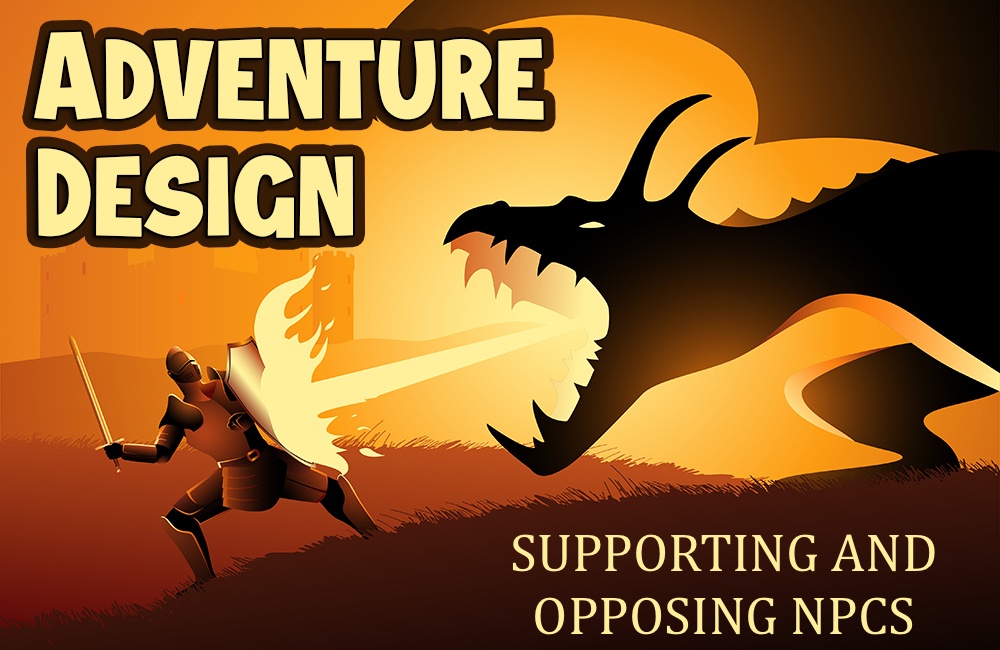This is the final article in my adventure design series. Over a year ago, I put out a call on social media for ideas that people wanted me to include in the series. I guess my list of ideas (the previous 11 articles) was comprehensive enough because I only received one idea from Michael Morton, and his request was for me to write an article about node-based design when it comes to adventures. Many articles have been written on this very in-depth topic. Because there are so many ideas packed i...| Gnome Stew
To get your PCs to move from one scene to the next logical scene, you need a series of connective tissues. These can come in the form of clues, rumors, lies, truths, and red herrings. Each one of these serves their own purpose and come from a variety of sources. Some of these will come from evidence found via investigative efforts. Some of these will come from conversations with NPCs. Some of these might even be sourced by overheard conversations. At the end of each scene, the PCs should have...| Gnome Stew
In any adventure, the party of player characters (PCs) will inevitably encounter other intelligent creatures and people. These are the non-player characters (NPCs) of the world that are largely controlled, run, an enacted by the game master. There are moments (and some systems greatly support these moments) where an NPC will be "taken over" by a fellow player at the table to reduce the load on the GM or to allow for a wider variety of interactions. That topic, however, is an entirely differen...| Gnome Stew



